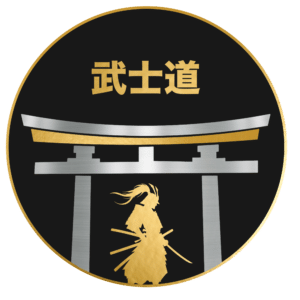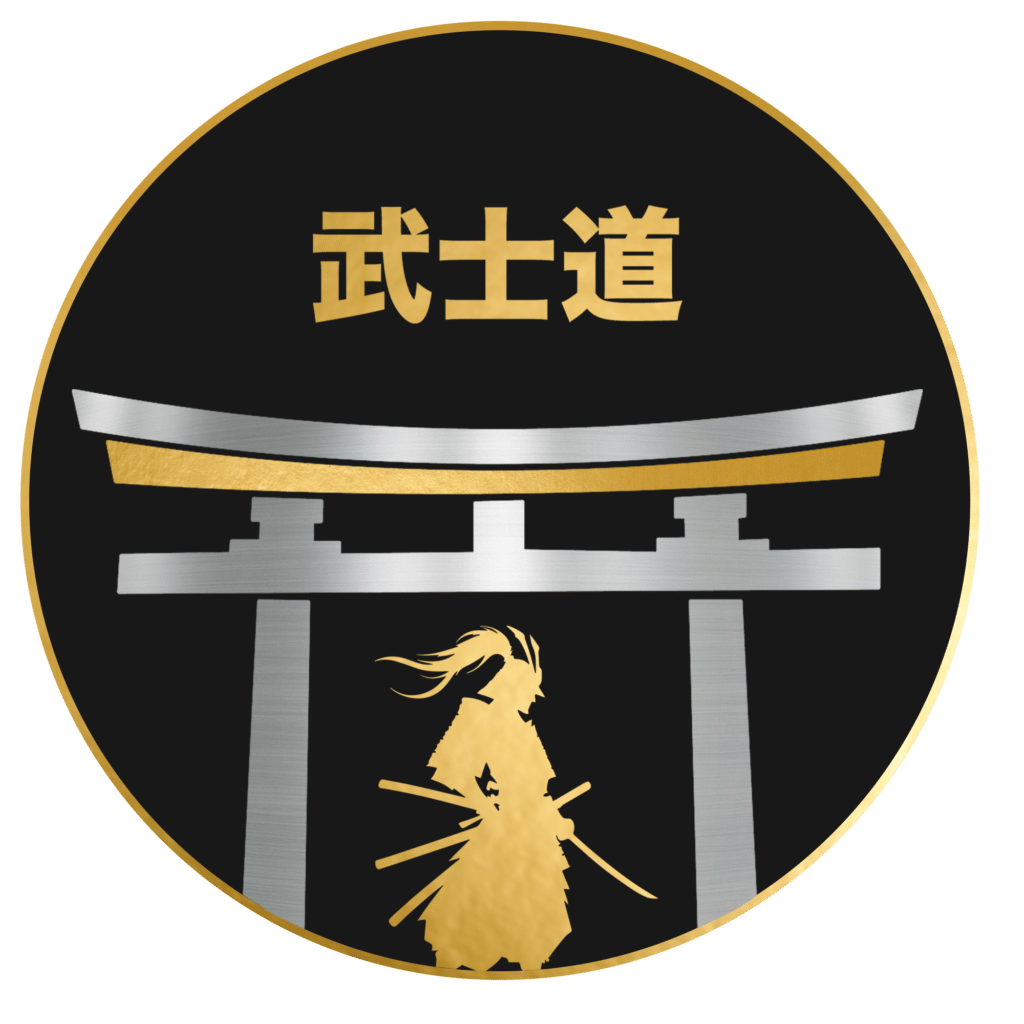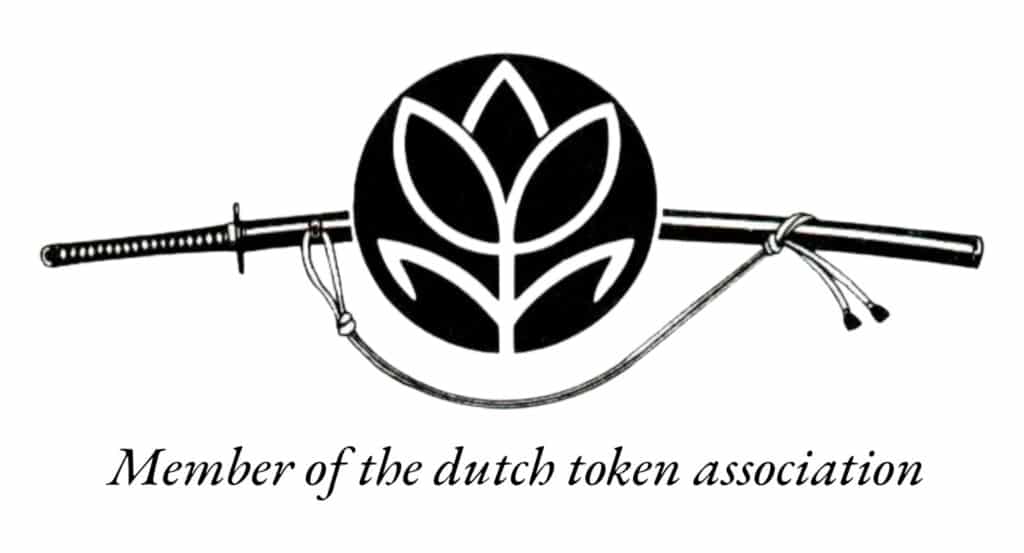Introduction: The Still Moment Before the Storm
In the hush before battle, when every breath feels measured and time seems to pause, the samurai stood still—not in fear, but in presence. Far from the chaos and frenzy often associated with war, these warriors embraced a profound inner stillness. They didn’t rush into combat with unchecked aggression; instead, they prepared through meditation, focused breathing, and intentional rituals that grounded them in the moment. For the samurai, the true fight began within—centering themselves mentally and emotionally so they could meet whatever came with clarity and control. This mindful composure wasn’t just philosophy; it was essential to their survival and mastery. In a world that prizes speed and reaction, the samurai teach us the power of pause—a lesson forged not just in battle, but in the stillness that comes before it.
The Samurai’s Code: Bushidō as a Mindful Path
Rooted in centuries of warrior tradition, Bushidō—literally “the way of the warrior”—was more than a code of conduct; it was a mindful path that shaped every thought and action of the samurai. At its core, Bushidō emphasized virtues such as rectitude, courage, benevolence, respect, honesty, honor, and loyalty. These tenets were not abstract ideals but daily practices that helped the samurai cultivate presence, intention, and self-mastery.
Before battle, a samurai didn’t merely sharpen his sword—he sharpened his mind. Through disciplined rituals and contemplation, he aligned himself with the principles of Bushidō, quieting the ego and transcending fear. The code urged mindfulness in conflict: respond, do not react; act with clarity, not compulsion. A samurai was trained to be fully aware of both the external battlefield and the internal terrain of emotions and thoughts.
In many ways, Bushidō served as a spiritual anchor. Knowing that death was a possibility not only accepted but embraced, the samurai learned to release attachment, center himself in the present moment, and fight with a kind of serene intensity. In this way, Bushidō wasn’t just a rulebook for war—it was a conscious way of being, merging mindfulness with honor on every step of the path.
Breath and Body: Preparing the Self
Before gripping their blades, samurai warriors turned inward. Preparation for battle wasn’t just about sharpening swords—it was a disciplined ritual of aligning body and mind. Central to this practice were controlled breathing and precise posture, techniques that anchored the warrior in the present moment.
Breathing was slow, deliberate, and often tied to meditative traditions like Zen. Deep diaphragmatic breaths calmed the nervous system, sharpened focus, and cleared emotional clutter. This breath-centric awareness diminished fear and hesitation, replacing them with clarity and readiness.
Equally important was posture. Whether kneeling in seiza or standing in ready stance, the samurai maintained impeccable alignment. This wasn’t just for aesthetics—upright posture facilitated optimal breathing, communicated resolve, and embodied readiness. Every muscle was alert but unstrained, every movement born from stillness.
These practices weren’t afterthoughts; they were essential tools. Through breath and body, the samurai cultivated a calm mind and a steady hand, transforming preparation into presence—mindfulness in its purest form.
Meditation as Daily Practice
For the samurai, meditation wasn’t a luxury—it was a necessity. Known as zazen, or seated meditation, this practice anchored their daily routine, honing their mental clarity and emotional stability in preparation for the demands of battle. Rooted in Zen Buddhism, zazen emphasized stillness, posture, and breath awareness, helping the warrior still the mind and cultivate presence.
Zazen trained samurai to observe their thoughts without attachment, allowing fear or anger to pass without reaction. This cultivated a calm, focused mindset, enabling them to make split-second decisions in combat without being hijacked by emotion. Through daily discipline, they developed a mental edge that transcended physical training—an unshakable inner composure that remained steady amid chaos.
Just as swordsmanship was refined through repetition, inner mastery came from sitting in silence each day. In this stillness, the samurai found clarity not only for battle, but for life itself.
Ritual and Routine: The Armor of Intention
Before stepping onto the battlefield, the samurai engaged in a series of deliberate rituals—each a thread woven tightly into the fabric of their discipline. These routines, far from mere tradition, served as powerful tools for cultivating presence and purpose.
Donning armor was not a rushed act of protection; it was a sacred preparation. Every plate fastened and every knot tied was performed with care, aligning body and spirit. This mindful dressing became a moving meditation, grounding the samurai in the moment and reminding them of the gravity of their path.
Weapons were also prepared with reverence. Swords were not only sharpened but often cleaned and inspected with a focused mind, a quiet homage to their role as extensions of the warrior’s will. The act of handling the blade slowly and precisely became both a physical and mental ritual, forging the connection between intention and action.
Even stillness played its part. Many samurai sat in seiza—kneeling posture—to breathe, reflect, and center themselves. Whether through silent contemplation or chants, this intentional pause calmed the fluctuations of the mind, channeling fear and adrenaline into clarity and resolve.
Through these rituals, the samurai transformed routine into rhythm, action into awareness. With each mindful motion, they stepped closer not just to combat readiness, but to inner balance—a warrior’s true armor.
Detachment from Outcome: Facing Death with Clarity
For the samurai, death was not a distant fear but a constant companion, acknowledged and accepted long before steel met steel. This deep acceptance of mortality—rooted in Zen Buddhism and the Bushidō code—freed the warrior from the distractions of fear, hesitation, and ego. By detaching from the outcome of battle, whether victory or death, samurai could act with full presence and clarity.
Rather than obsess over preserving life or chasing honor, the samurai approached combat as a moment-to-moment practice. In letting go of obsessive self-preservation, they dissolved the internal noise that clouds judgment. Ego—tied to reputation, pride, and personal gain—was stripped away. What remained was undistracted awareness, a sharpened mind embedded in the now.
This detachment wasn’t nihilistic; it was liberating. By facing death in training, meditation, and contemplation, the samurai transformed fear into focus. Their preparedness to die was not a desire to, but a mastery over the mind’s panic. In the stillness between thoughts, without clinging or resistance, they discovered something rare—an unshakable clarity when it mattered most.
Unity of Sword and Mind: Mushin in Combat Readiness
In the heat of combat, hesitation could mean death. To prepare for such moments, Samurai cultivated a mental state known as mushin, or “no mind.” Far from suggesting emptiness or passivity, mushin represents a heightened awareness unclouded by fear, doubt, or conscious deliberation. It is a state where the mind flows freely, allowing instinct and training to guide action without interruption from internal chatter.
Mushin arises through rigorous physical training paired with meditative discipline. As a Samurai repeatedly practiced kata (forms) and sparring drills, movements became second nature. Over time, the boundaries between thought and action dissolved—sword and mind became one. When facing an opponent, a Samurai in the state of mushin could respond instantly and appropriately, not because they thought it through, but because they didn’t have to.
This unity of mind and body allowed them to live fully in the present. There was no room for anger about past encounters or anxiety about future outcomes. In battle, clarity emerged from detachment—the mind, like still water, reflected reality without distortion. Mushin wasn’t just mental readiness; it was spiritual freedom, enabling the Samurai to act with precision, presence, and inner peace amid chaos.
Legacy of Presence: Lessons for Today
In today’s fast-paced world, the samurai spirit offers a powerful counterbalance: presence over panic, intention over impulse. Before drawing their swords, samurai practiced a deep form of mindfulness known as zanshin—a state of relaxed alertness that allowed them to stay calm in the face of uncertainty. This wasn’t just battle-readiness; it was life-readiness.
Modern readers can take note. Whether facing a high-stakes meeting or a difficult life decision, pausing to center ourselves—through breath, stillness, or silent reflection—can transform our reactions. The samurai understood the value of sharpening not just their blades, but also their awareness. They trained to act with precision, not haste—an approach that resonates just as powerfully in today’s boardrooms, classrooms, and kitchens.
Embracing a mindful mindset in our own daily “battles” cultivates clarity amidst chaos. Like the samurai, we can learn to be fully present in each moment—not frozen by fear or scattered by distraction, but steady, observant, and ready to move with purpose. Their legacy isn’t found only in ancient scrolls or armor—it’s alive in every choice we make with intention and awareness.





